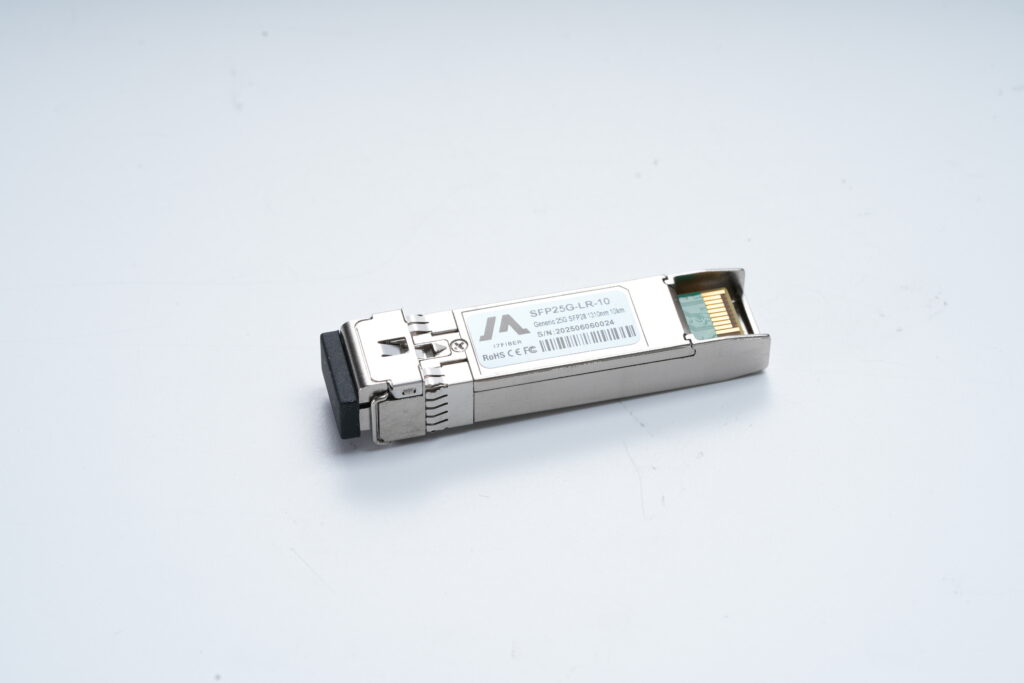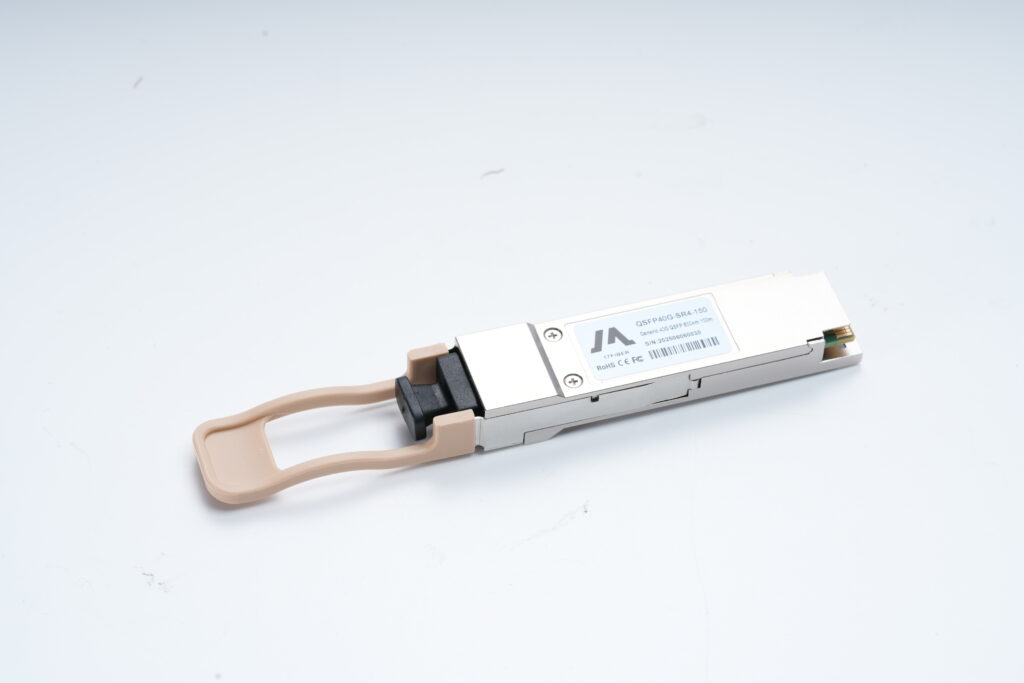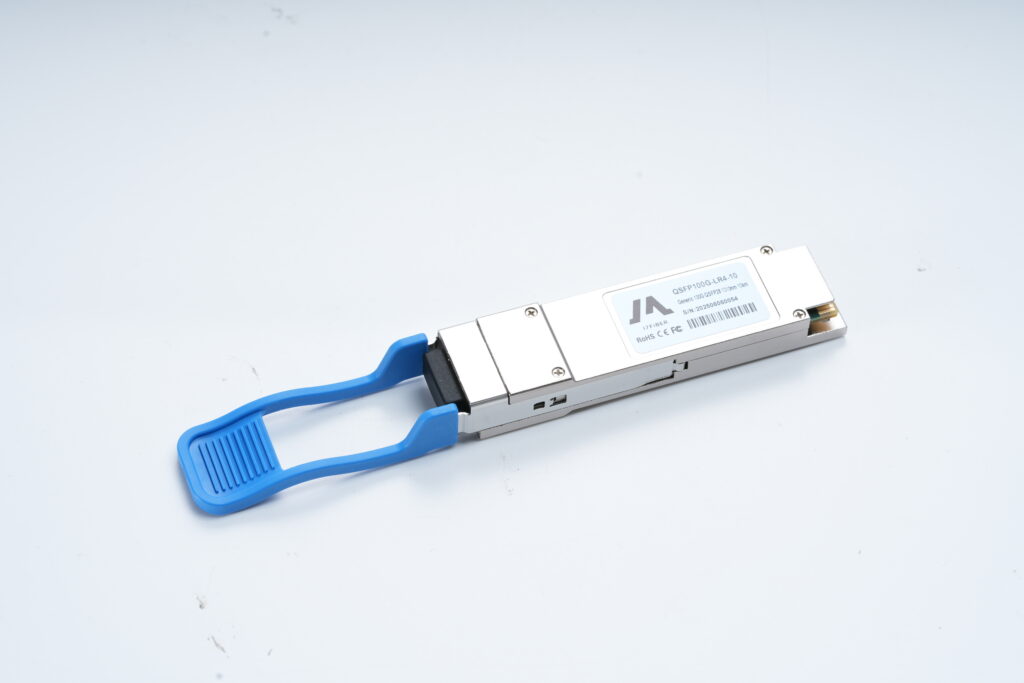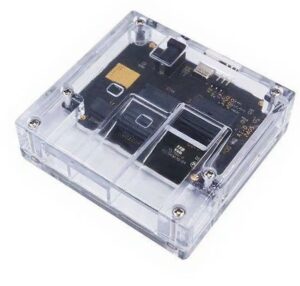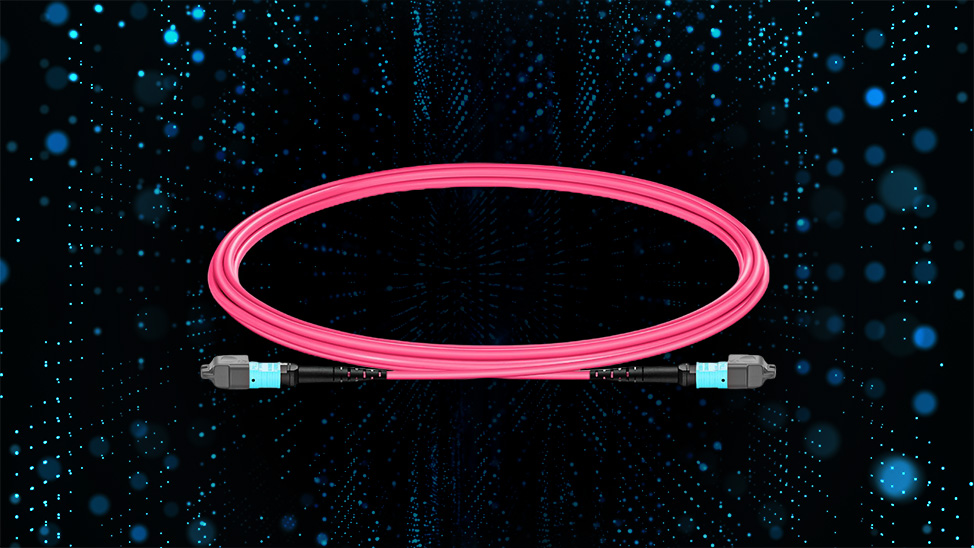Countless compatible fiber optic transceivers have been deployed in modern networks, yet doubts about quality, interoperability and compatibility remain widespread. In today’s crowded OEM-compatible market, making the right choice is critical. Will the modules you buy work seamlessly with your existing optics? Will they operate flawlessly in your switches? This article—brought to you by i7Fiber—walks you through the interoperability and compatibility essentials so you can buy with confidence.
How to Ensure Interoperability Between Two Optical Transceivers?
When linking any two transceivers, verify the following four factors: wavelength, speed, fiber type and switch-level operation.
When linking any two transceivers, verify the following four factors: wavelength, speed, fiber type and switch-level operation.
-
Identical Wavelength
Data travels as light; the optics at both ends must speak the same wavelength. A 1310 nm transceiver will not interoperate with an 850 nm one. Likewise, both ends must run in the same duplex mode—full-duplex to full-duplex, never mixed with half-duplex. -
Matching Speed
Physically identical form factors can still be incompatible. SFP (1 G) and SFP+ (10 G) modules share the same cage, but:
• SFP+ in an SFP port → limited to 1 G.
• SFP in an SFP+ port → usually no link.
Exceptions such as 10GBASE-T do exist, auto-negotiating 1 G/2.5 G/5 G/10 G over Cat5e/6/6a. -
Correct Fiber Type
Pair like with like: OM1/OM2 should not be mixed with OM3/OM4/OM5 for short-reach links. Color-coded jackets make identification easy. Connector type (LC, SC, etc.) may differ as long as the fiber category matches. -
Flawless Operation on Switches
Even perfectly matched optics can fail if the switch rejects them. Confirm that:
• Your compatible modules have been tested on the exact switch brand/model you use (e.g., Cisco optics on Cisco switches).
• The switch firmware recognizes third-party modules without lock-outs.
How to Ensure Optical Transceiver Compatibility?
Compatibility starts with rigorous validation. Some OEMs encrypt their devices, so choosing a vendor with a thorough test regime is non-negotiable.
Compatibility starts with rigorous validation. Some OEMs encrypt their devices, so choosing a vendor with a thorough test regime is non-negotiable.
A. Comprehensive Testing System
• Semi-finished stage: visual inspection, dimensional checks, basic parametric tests.
• Finished stage: optical-power, spectral, eye-diagram, DDM (digital diagnostics), burn-in at high/low temperatures and—crucially—live insertion tests on every target OEM switch.
• Semi-finished stage: visual inspection, dimensional checks, basic parametric tests.
• Finished stage: optical-power, spectral, eye-diagram, DDM (digital diagnostics), burn-in at high/low temperatures and—crucially—live insertion tests on every target OEM switch.
B. Trustworthy Third-Party Supplier
Evaluate vendors on:
• Lab infrastructure: real switches/servers, environmental chambers, experienced engineers.
• Documentation: detailed test reports and parameter logs.
• After-sales support: knowledgeable staff, advance replacement, lifetime warranty.
Evaluate vendors on:
• Lab infrastructure: real switches/servers, environmental chambers, experienced engineers.
• Documentation: detailed test reports and parameter logs.
• After-sales support: knowledgeable staff, advance replacement, lifetime warranty.
FAQs – Quick Answers
Q1: Can optics from two different vendors be linked?
Yes—if wavelength, speed and fiber type match and each module passes its own switch validation.
Q1: Can optics from two different vendors be linked?
Yes—if wavelength, speed and fiber type match and each module passes its own switch validation.
Q2: Can I mix 1 G SFP and 10 G SFP+?
Only if the 10 G end can down-speed to 1 G; link speed will then cap at 1 G.
Only if the 10 G end can down-speed to 1 G; link speed will then cap at 1 G.
Q3: Do compatible modules degrade switch performance?
No—MSA standards ensure identical electrical/optical specs. Properly coded parts perform like OEM originals.
No—MSA standards ensure identical electrical/optical specs. Properly coded parts perform like OEM originals.
Q4: Will compatible optics void my switch warranty?
No—OEMs cannot legally tie warranty coverage to exclusive use of their branded parts.
No—OEMs cannot legally tie warranty coverage to exclusive use of their branded parts.
Choosing i7Fiber means every transceiver is pre-tested on your exact switch platform and backed by lifetime support—so you can focus on your network, not your optics.
